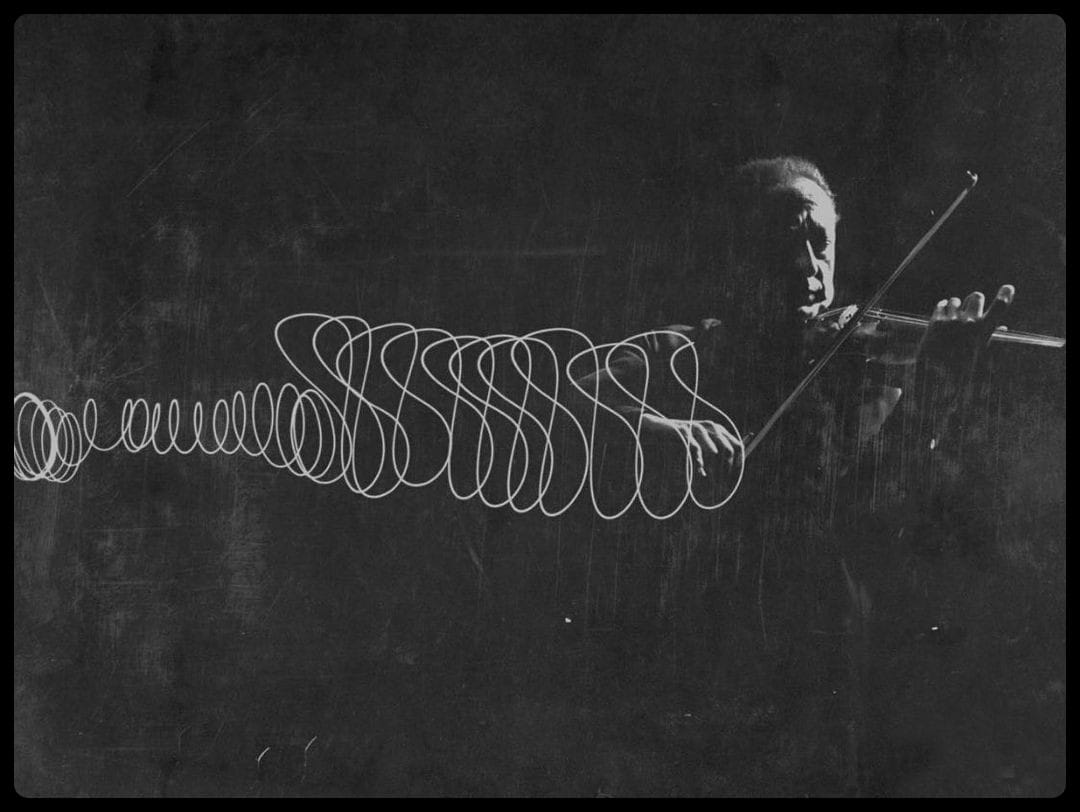
In this issue:
- How to improve your Nockchain client with a tool borrowed from game developers
- How Thomas Kroes built a Nockchain mining company to win block 1123 in the first few days after launch
- Nockchain analytics review
Introducing Tracy: A New Tracing Kit for Nockchain
In one video we published this week, Chris Allen introduces a new tracing kit for the Nockchain stack, which should be very helpful for miners in our open-source community. Tracy is a profiling tool originally created by game developers; applying it to Nockchain client performance is a major upgrade on the previous approach, which used separate tools for Rust profiles and Nock VM traces (00:36).
A key feature of Tracy is "on-demand mode," which allows for live profiling of a running instance without the constant overhead of profiling (02:33). The new system integrates with various tracing backends and is compatible with Windows, Mac, and Linux.
In the video, Chris profiles a Nockchain backbone server live, using an SSH tunnel. The system provides unified profiling and tracing, showing both the Hoon (Nock VM) and native Rust sides side-by-side. Each track in the profiler represents a thread, and it distinguishes between instrumentation from the tracing library and sampling of the Rust stack (06:19). This allows users to see performance metrics like total time spent, call counts, and mean time per call, helping to identify bottlenecks (07:17). Future plans for the tracing kit include integrating heap information for memory profiling.
A release build with debug=1 is recommended to enable source code correlation without a significant performance impact. Chris walks through all the steps for open-source users to get started with the new tracing kit (13:30).
The Story of NockBox and the Mining of Block 1123
In another video, we speak with Thomas Kroes, founder of NockBox, the first mining operation to mine a Nockchain block after Zorp (00:46). Justin and Logan brought Thomas onto the first live video Nockchat to learn the story behind that block. Justin was impressed to learn that Thomas organized a small team and seed capital well before Nockchain launched, which helps to explain their early success (01:01). This happened within the first few days of Nockchain's launch.
Thomas and his team worked tirelessly for weeks to mine the first block, driven by his conviction in Nockchain’s thesis and a shared history coming from the Urbit ecosystem (03:56). He explains his thesis using parallels between Nockchain and Urbit’s vision, but critiques Urbit’s economics. Thomas believes Nockchain’s proof-of-work mining is the economic engine that digital sovereignty needs (11:33). Verifiability of off-chain compute is a key selling point, especially for identity solutions that improve on traditional banking and KYC (18:14).
NockBox aims to become the DeFi powerhouse of the Nockchain ecosystem, starting with atomic swap infrastructure to bring outside capital and build trust in Nock as an asset, with plans to expand into broader cross-chain tooling (24:18).
NockBox is hiring engineers. Reach out to them via NockBox.org.
Nockchain Updates
- Zorp is now only mining an average of 6% blocks each day!
- Yesterday we saw 27,000 connections at peak load, so we figure that’s about 12,000 nodes given that each node can have 2 connections.
- This week development was focused on quality of life improvements—wallet improvements, some more work on connectivity, etc.
- Active addresses, miners, and proofrate all continue up and to the right.
That's all for this week!
Thanks for reading.